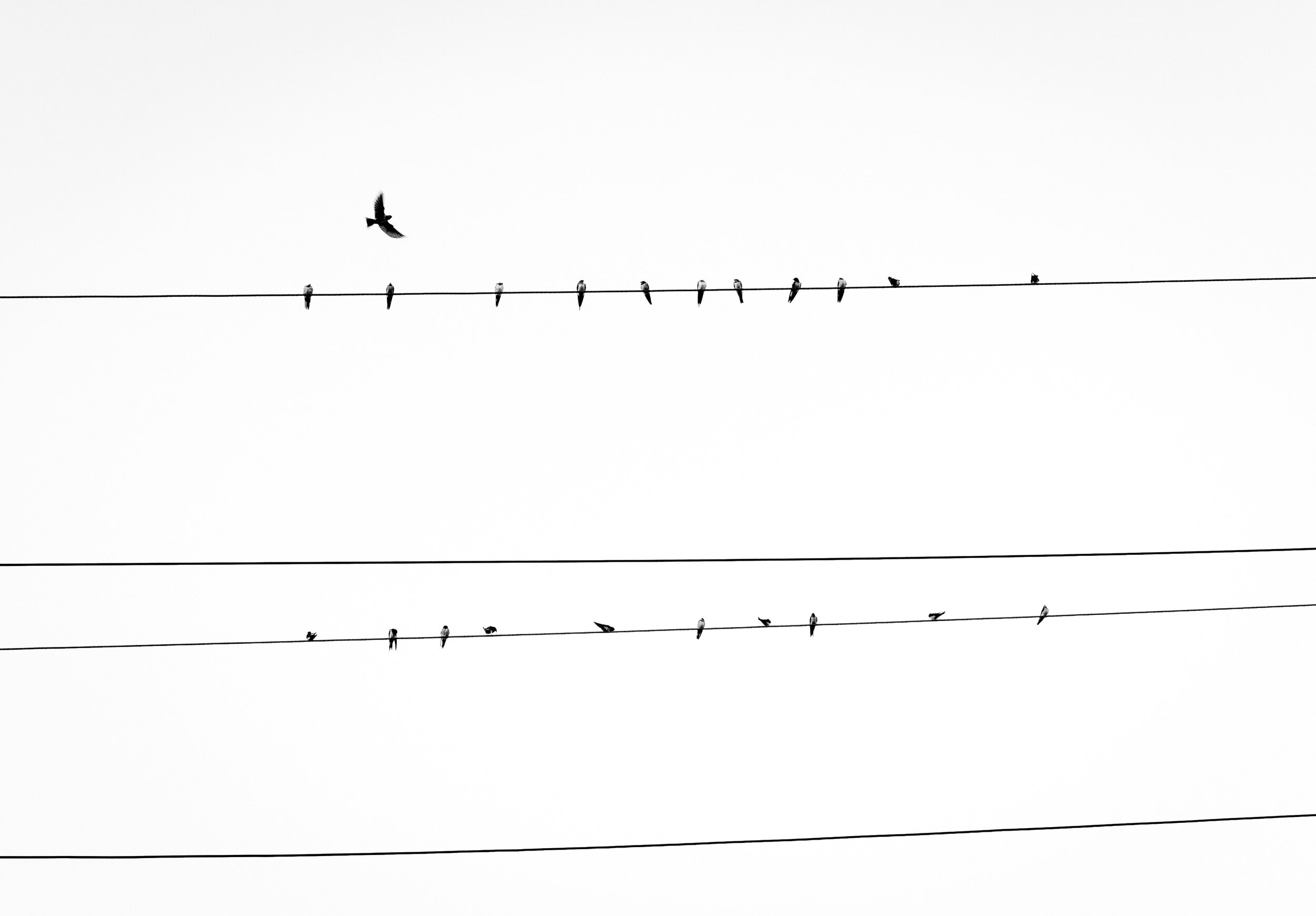
I am often asked questions on how to become a conversation designer, whether I know of job openings, and for reading recommendations. This is a list of common questions/answers.
If you’ve read through it and still have one or two burning questions for me, feel free to contact me via LinkedIn or Twitter.
FAQ: Conversation Design
FAQ: Hiring / Conferences / Consulting

Conversation Design
What is Conversation Design?
Conversation design, at its heart, is about teaching computers to communicate like humans, and not the other way around. It’s about making these experiences easy and intuitive, and reducing frustration.
At a more practical level, it’s about designing experiences that include conversational interactions, whether that’s through a voice user interface, a voice-forward screen, or a multi-modal device like a mobile phone that may include typing, tapping and swiping.
I want to learn more, what podcasts/books/articles should I read?
I will of course recommend my book. :) Designing Voice User Interfaces: Principles of Conversational Experiences, O’Reilly Media.
There are a LOT of podcasts, articles and books out there. Here are a few to get you started.
Podcasts
Books
Talk: The Science of Conversation
Design Guidelines
Google conversation design best practices: actions.google.com/design.
Is there a way to get a certification?
Some companies are starting to offer more formal coursework, such as CareerFoundry and Conversation Design Institute. A few more options are listed in this article by Polina Cherkashyna.
What should I major in / study?
Conversation designers come from a wide range of backgrounds, from linguistics to computer science, cognitive science and creative writing. There is no one path, and no specific major. The two traits that I believe make a good conversation designer are:
An understanding, curiosity and healthy respect for how humans communicate
An understanding of the technical constraints of this technology
You can write great designs, but if they can’t be built, it doesn’t matter. And you can be very technical, but if you don’t respect users and believe in design, they will fail.
How do I make a good CxD portfolio?
Conversation design job postings often require a portfolio. This may seem daunting, especially as many projects are voice-only. But it’s still a useful way to present yourself.
Some things to keep in mind:
It’s good to show your thinking process. How did you identify a problem? What was your approach? What were the iterations? Seeing a perfect finished project makes it difficult to know how you got there.
Pick a few crucial projects and dive a little deeper, rather than just a laundry list.
You can also show off your design process in prototypes you’ve made. You can use tools like Voiceflow, Botsociety, and Dialogflow to experiment.
For more info on how to become a conversation designer, check out my article.

Hiring / Conferences / Consulting
Are you hiring? Can you get me a job?
For jobs at Google, check out careers.google.com.
There are also Facebook and Slack and LinkedIn groups for VUI/CxD that you can join, which often have job postings.
I have a business idea! Can we chat?
Sorry, that’s not my area.
Are you interested in speaking at our conference?
I do speak at several conferences throughout the year. Please provide more info, such as:
Audience makeup: who will be attending? Developers, designers, biz dev?
Expected audience size for a talk
A link to your code of conduct
Will you review my project / proposal?
I am not doing any consulting at this time.
How did you become a conversation designer / what was your career trajectory?
I’ve been interested in getting computers to talk since I was a kid, but I never dreamed I could do it for a living. I majored in Computer Science (with a minor in AI), and as it turns out, that background helped a lot when I first became a VUI designer. I got a Master’s in Computer Science and went to work as a software developer.
Over time, I became more and more drawn to the design side of things. It’s hard to do both well at the same time. I spent eight years at a company called Nuance Communications, learning how to craft VUI experiences for IVRs (automated phone systems). After that, I worked for a few startups, working on multi-modal conversational interactions. I’m now at Google as head of conversation design outreach. (Read more about my career path in my article “My Year of Saying Yes”).